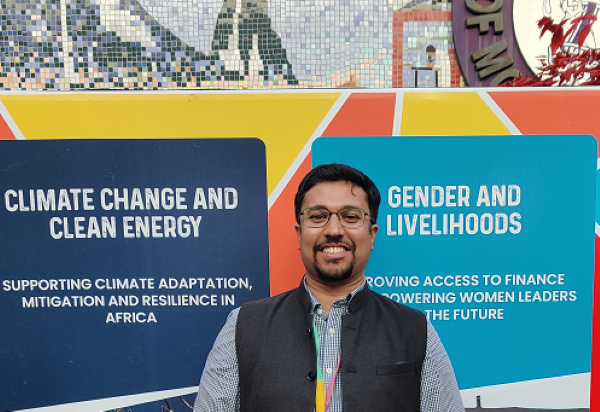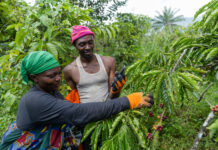By Utsav Mulay ,Climate Finance, ESG and Carbon Markets Expert at Intellecap
Kenya faces the formidable challenge of aligning its climate action with its development goals. The heart of this challenge lies in the financial mobilization required to transform these ambitions into tangible outcomes. According to the insightful “Landscape of Climate Finance in Kenya” report by the Climate Policy Initiative (CPI) in March 2021, a staggering $40 billion is required to meet Kenya’s mitigation and adaptation needs by 2030 under its Nationally Determined Contribution (NDC) to the Paris Agreement.
Kenya’s Climate finance needs span energy, agriculture, water and forestry. In energy, Kenya aims to transition to renewable energy sources, such as wind, solar, and geothermal, to not only reduce its carbon footprint but also to ensure energy security. The shift requires substantial investments in infrastructure, technology, and capacity building. In agriculture, Kenya requires a transformation towards more sustainable and climate-resilient practices.
Investments are needed for the adoption of climate-smart agriculture technologies, improved water management systems, and the development of drought-resistant crops to ensure food security. In water, water conservation and management are critical, given Kenya’s vulnerability to droughts and flooding. Investment in efficient water use, storage infrastructure, and watershed management is crucial to securing water availability for agriculture, human consumption, and ecosystem sustainability.
Forestry and land use present a dual opportunity for carbon sequestration and ecosystem restoration. Financial investments are essential for afforestation and reforestation projects, sustainable land management practices, and the protection of natural forests.
The mobilization of the requisite $40 billion necessitates a synergistic approach, blending public, philanthropic, and private funds. Each stakeholder group plays a pivotal role in this intricate financial tapestry, from the government, DFIs and the private sector.
The government’s role transcends policy formulation; it involves creating a conducive regulatory and fiscal environment that incentivizes private investment in climate projects. By offering tax breaks, facilitating land acquisition, and ensuring the enforceability of contracts, the government can significantly lower the barriers to green investments.
DFIs and philanthropic bodies are instrumental in providing the seed capital and risk guarantees that underpin blended finance structures. Their concessional funding serves as a cushion that mitigates the perceived risks associated with climate projects, making them more palatable to private investors. The private sector’s involvement is crucial for bringing the bulk of the investment needed. Beyond capital, the private sector offers innovation, efficiency, and scalability. By investing in climate projects, businesses not only contribute to environmental sustainability but also tap into new market opportunities, benefiting from the growing global emphasis on green investment.
Blended finance models, leveraging public and philanthropic funds to attract and secure private investments, play a crucial role in building sustainable climate projects. Successful blended finance initiatives demonstrate that climate projects can offer competitive returns while also achieving significant environmental and social impacts.
Over 95 impact investors manage over 136 impact capital vehicles in Kenya, underscoring a growing interest in the country’s climate finance landscape. Over USD 650 million of private investment capital flowed into Kenya between 2005 and 2015, showcasing interest in Kenya as a destination for international sustainable investments. The challenge is to scale up these investments, multiplying the channels as well as increasing the private capital that can flow into Kenya’s climate projects.
As Kenya navigates the path toward achieving its NDC targets, the interplay of financial mechanisms, policy frameworks, and market forces will be pivotal. The success of blended finance in catalyzing the necessary $40 billion hinges on a shared vision among stakeholders—a vision that sees climate action not just as an environmental imperative but as an opportunity for sustainable economic growth.
By uniting the strengths and resources of the government, DFIs, philanthropic organizations, and the private sector, Kenya can create a robust financing ecosystem for its climate projects. This collaborative effort can serve as a model for other nations, demonstrating how blended finance can bridge the gap between climate ambitions and the realities of financial constraints.








